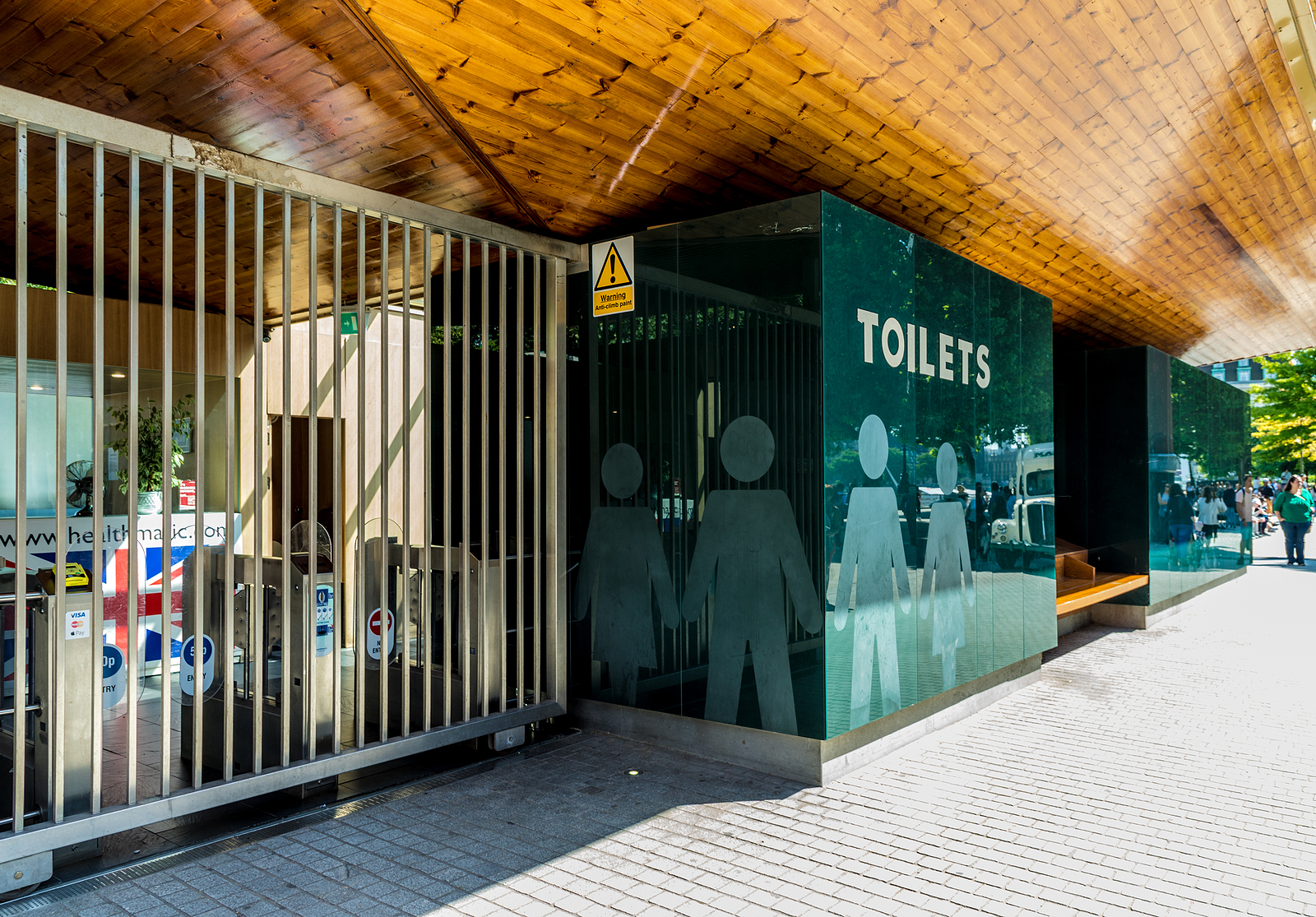

In the mid-19th century, London-based solicitor Charles Pearson, impressed by the benefits of the Thames Tunnel after it opened in 1843, proposed the world’s first underground railway for the capital as a means of bypassing the congestion of the capital’s streets.
Having opened in 1863, it may seem extraordinary that it is only now, 161 years on, that anyone appears to have recognised that those using the service might benefit from the presence of sufficient and decent toilets.
Of course, in its early years there were all manner of inconveniences to contend with in addition to the lack of public conveniences; digging the tunnels meant using the cut-and-cover method that caused surface disruption in the process.
Moreover, the early trains were steam-powered and thus filled the tunnels with smoke, while there were no disabled facilities.
More Tube, But No Loo Rolls?
Things changed over time: Tunnel boring machines to create the deeper ‘tube’ lines emerged in the late 19th century, rival Tube lines came under the Transport for London umbrella in the 1930s, Harry Beck’s famous map made navigation easy and, over the last few years, major steps have been taken to increase step-free access.
However, while all that was happening, station toilet facilities were often notable for their absence or poor state, except at interchanges such as the main railway hub stations – and even then only when one left the Underground to use the surface rail station’s facilities.
A lack of decent loos may not be an issue when such a station is the destination, or lavatories are easy to find when disembarking at other stations (more true of some than others). But it’s a different matter on longer journeys or when interchanging between different lines Underground.
Mayor Announces Lavatory Plans
However, the introduction of more modern toilet cubicles may soon make the London Underground a more pleasant place for those who need to go.
Plans recently announced by London mayor Sadiq Khan include spending £15 million on providing new washroom facilities at two Tube stations and five stations in the Overground. The Tube stations in question would be Hammersmith (Piccadilly and District line).
The Morden move could alleviate the fact that, at present, the only toilets at any Tube stops south of Waterloo or London Bridge are the two new stops on the Northern line’s extension to Nine Elms and Battersea Power Station.
At the same time, three Tube stations that do have toilets – Amersham, Sudbury Hill and Green Park – will get new accessible facilities.
“Toilet provision is critical for many Londoners and visitors, and can even determine whether somebody travels on public transport at all,” said Mr Khan.
He added: “That’s why I’m planning to make the biggest ever investment to increase toilet provision across TfL services and boost accessibility.”
How Far Does London Have To Go?
The aim is to ensure all passengers are within 20 minutes of a free toilet without having to change lines, with 145 TfL sites having washroom facilities. That, of course, is well short of the 272 stations on the Tube.
Criticising the extent of the plans, Green member of the London Assembly Caroline Russell said: “If I’m reading the mayor’s feasibility report correctly, Londoners aren’t going to have a whole lot of new places to wee anytime soon.”
Moreover, a TfL survey found only 26 Tube stations have loos in a good state. Others have toilets, but in poor condition.
Nonetheless, it is a start in improving the toilet services on the Tube and, many would argue, is in line with the need to serve passengers better with improved accessibility, not least as those with gastrointestinal conditions may need to have quicker and readier access to lavatories than those physically able to hold it in easily.
Of course, many surface rail stations do not have toilets either, but the trains that run on them usually do, while most journeys end at a hub station, whereas the Underground is designed to provide extra connections as well as easier movement around the centre of London. These hubs will have ample washrooms.
The Situation Elsewhere
While not everybody is happy with the extent of these additions and much more may need to be done, others may look at London with some envy.
In Glasgow, for example, the Subway, the third oldest in the world as it dates from 1896, has recently undergone a major modernisation. Anyone seeking more information on this can read a lot about the new fleet of trains and what has been done for those with limited mobility or visual impairment, but nothing about new toilet facilities.
For that reason, Londoners may be glad the number of washrooms available to Tube and rail passengers is at least increasing, making it less likely they will have to ride with their legs crossed.



